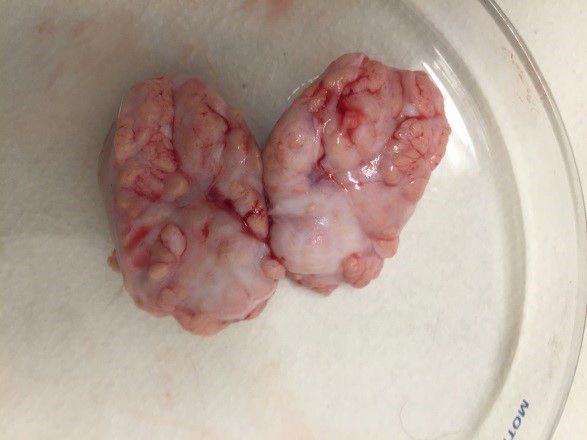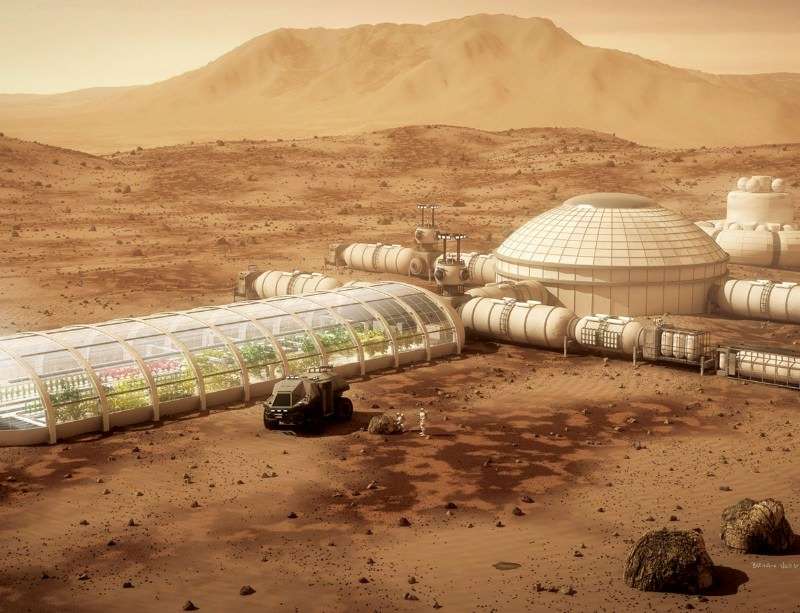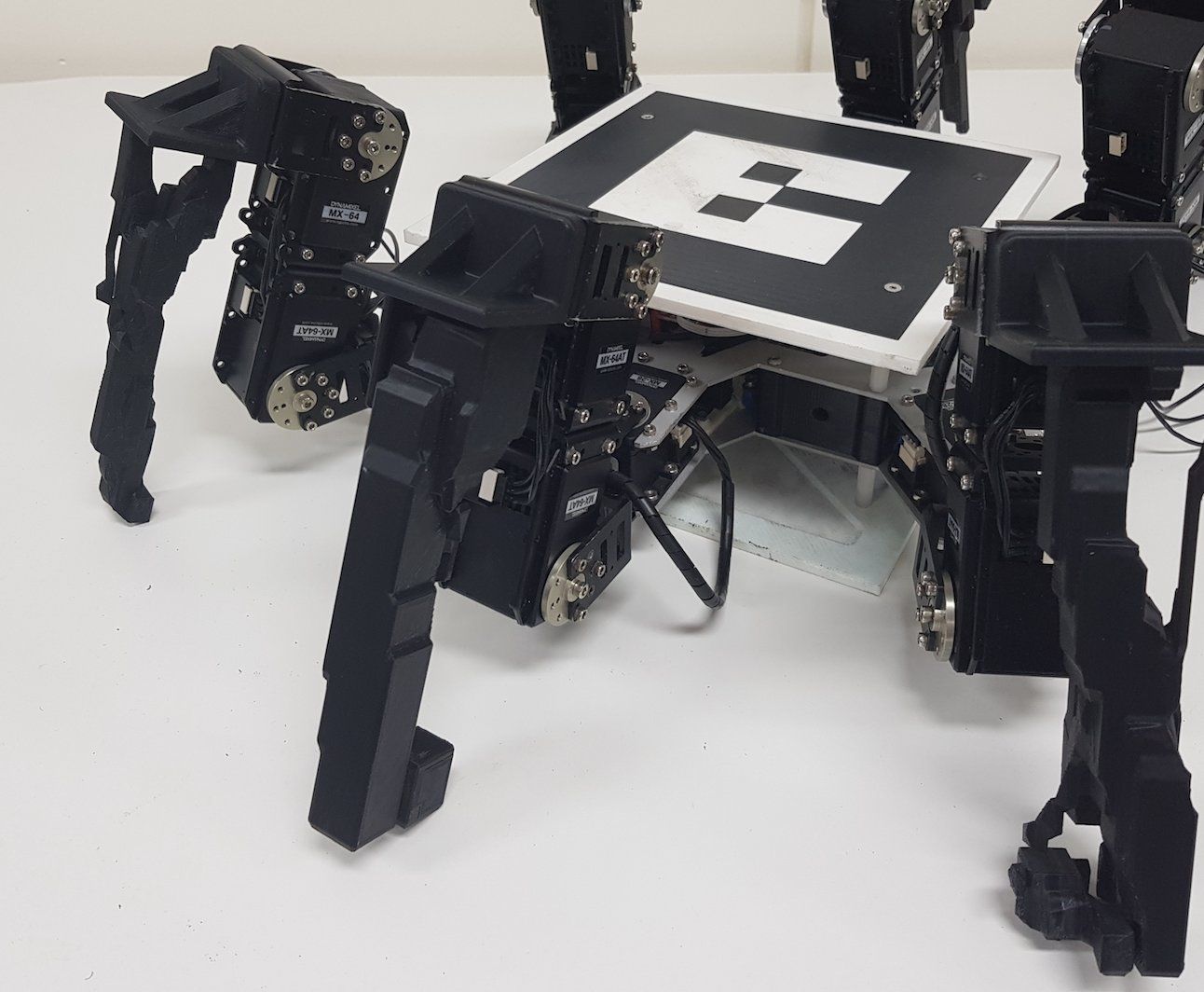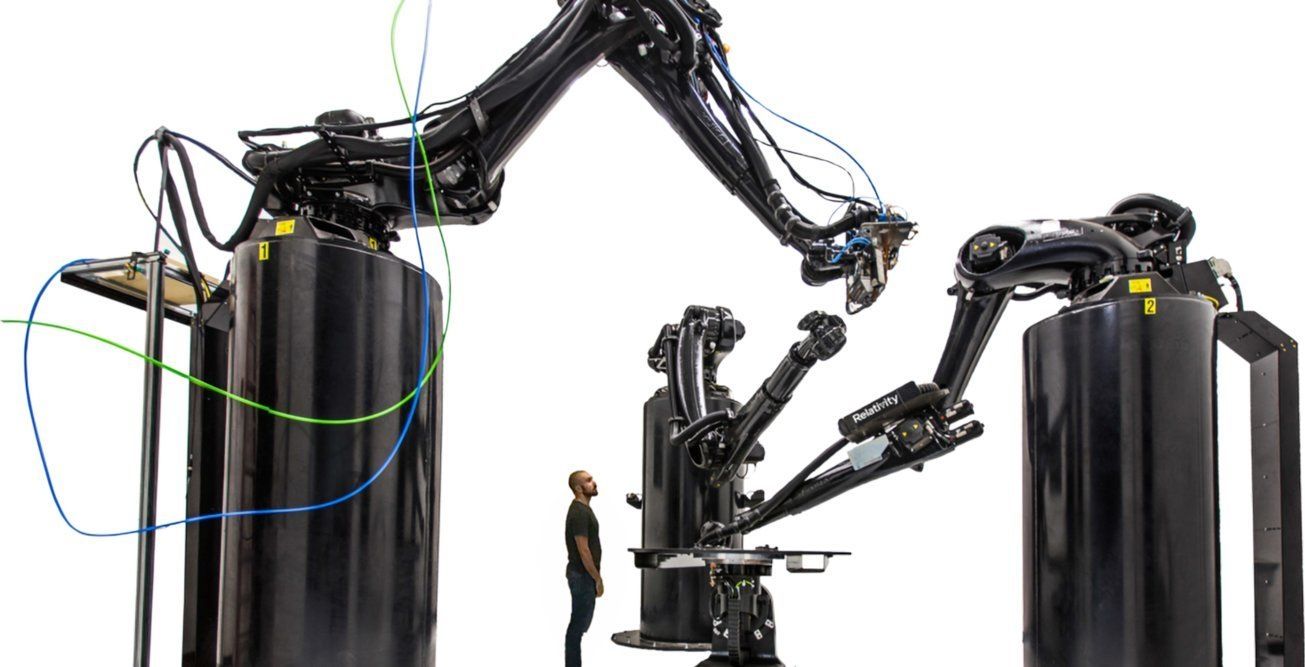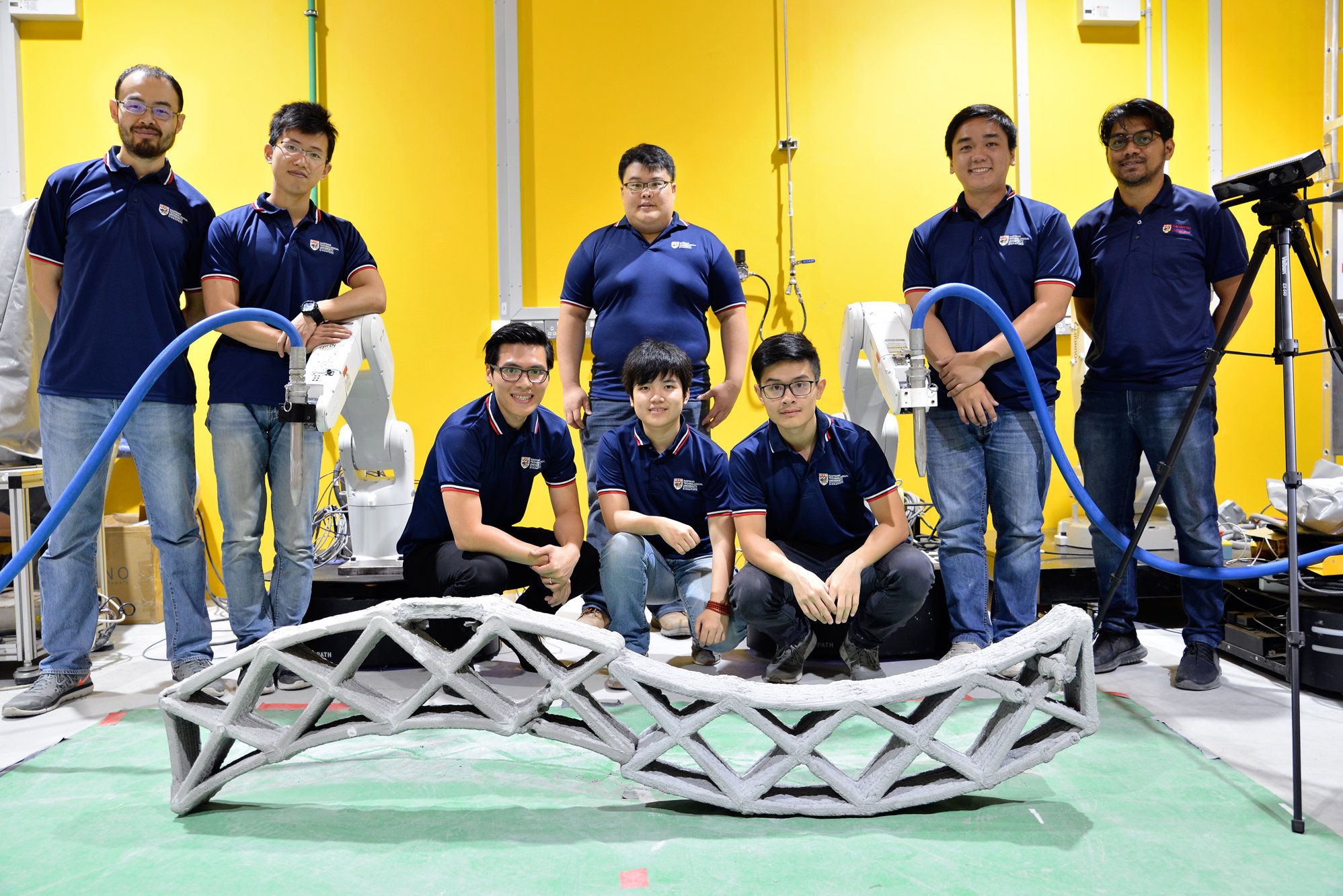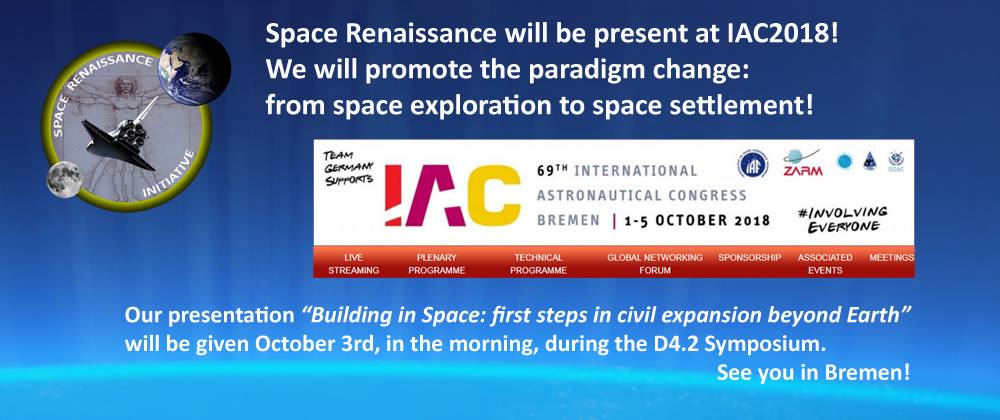Archive for the ‘3D printing’ category: Page 70
Nov 2, 2018
Celprogen 3D bioprints brain organelle for neurological disease research
Posted by Klaus Baldauf in categories: 3D printing, bioprinting, biotech/medical, neuroscience
Stem cell research firm Celprogen Inc. has been working on something quite exciting for some time now, which has remained largely under the radar until very recently. The California-based company announced it has successfully 3D printed a human brain organelle using brain stem cells. The bioprinted brain could have applications in studying neurological diseases.
More than just announcing the bioprinted brain organelle, Celprogen has also used the brain to study the “role of Microglia activation and deactivation in neurological diseases.” Through this research and experimentation, the company says it has identified and characterized 11 lead compounds that could be potential drug candidates for diseases such as Alzheimer’s, Parkinson’s and Glioblastoma.
Oct 28, 2018
Mars Colony Prize — Design the First Human Settlement on Mars
Posted by Klaus Baldauf in categories: 3D printing, economics, food, robotics/AI, space travel
The Mars Society is holding a special contest called The Mars Colony Prize for designing the best plan for a Mars colony of 1000 people. There will be a prize of $10,000 for first place, $5,000 for second and $2500 for third. In addition, the best 20 papers will be published in a book — “Mars Colonies: Plans for Settling the Red Planet.”
The Mars colony should be self-supporting to the maximum extent possible – i.e. relying on a minimum mass of imports from Earth. In  order to make all the things that people need on Earth takes a lot more than 1000 people, so you will need to augment both the amount and diversity of available labor power through the use of robots and artificial intelligence. You will need to be able to both produce essential bulk materials like food, fabrics, steel, glass, and plastics on Mars, and fabricate them into useful structures, so 3D printing and other advanced fabrication technologies will be essential. The goal is to have the colony be able to produce all the food, clothing, shelter, power, common consumer products, vehicles, and machines for 1000 people, with only the minimum number of key components, such as advanced electronics needing to be imported from Earth.
order to make all the things that people need on Earth takes a lot more than 1000 people, so you will need to augment both the amount and diversity of available labor power through the use of robots and artificial intelligence. You will need to be able to both produce essential bulk materials like food, fabrics, steel, glass, and plastics on Mars, and fabricate them into useful structures, so 3D printing and other advanced fabrication technologies will be essential. The goal is to have the colony be able to produce all the food, clothing, shelter, power, common consumer products, vehicles, and machines for 1000 people, with only the minimum number of key components, such as advanced electronics needing to be imported from Earth.
As noted, imports will always be necessary, so you will need to think of useful exports – of either material or intellectual products that the colony could produce and transport or transit back to Earth to pay for them. In the future, it can be expected that the cost of shipping goods from Earth to Mars will be $500/kg and the cost of shipping goods from Mars to Earth will be $200/kg. Under these assumptions, your job is to design an economy, cost it out, and show that after a certain initial investment in time and money, that it can become successful.
Continue reading “Mars Colony Prize — Design the First Human Settlement on Mars” »
Oct 27, 2018
Evolving the physical structure of robots to enhance performance in different environments
Posted by Saúl Morales Rodriguéz in categories: 3D printing, information science, robotics/AI
Researchers at CSIRO & Queensland University of Technology have recently carried out a study aimed at automatically evolving the physical structure of robots to enhance their performance in different environments. This project, funded by CSIRO’s Active Integrated Matter Future Science Platform, was conceived by David Howard, research scientist at Data61’s Robotics and Autonomous Systems Group (RASG).
“RASG focuses on field robotics, which means we need our robots to go out into remote places and conduct missions in adverse, difficult environmental conditions,” David Howard told TechXplore. “The research came about through an identified opportunity, as RASG makes extensive use of 3D printing to build and customise our robots. This research demonstrates a design algorithm that can automatically generate 3D printable components so that our robots are better equipped to function in different environments.”
The main objective of the study was to generate components automatically that can improve a robot’s environment-specific performance, with minimal constraints on what these components look like. The researchers particularly focused on the legs of a hexapod (6-legged) robot, which can be deployed in a variety of environments, including industrial settings, rainforests, and beaches.
Oct 26, 2018
Defectors from SpaceX, Blue Origin, and Tesla are developing a remarkable technology called ‘Stargate’ to help colonize other planets
Posted by Shailesh Prasad in categories: 3D printing, space travel
While SpaceX works on giant reusable rockets to reach Mars, other companies are working on technologies to keep colonists alive on the red planet. Relativity Space has made the world’s largest metal 3D printer, called Stargate, to print rockets, tools, and other useful objects off-Earth.
Oct 18, 2018
Doctors Can Finally 3D Print Human Tissue, Ligaments and Tendons
Posted by Marcos Than Esponda in categories: 3D printing, biotech/medical
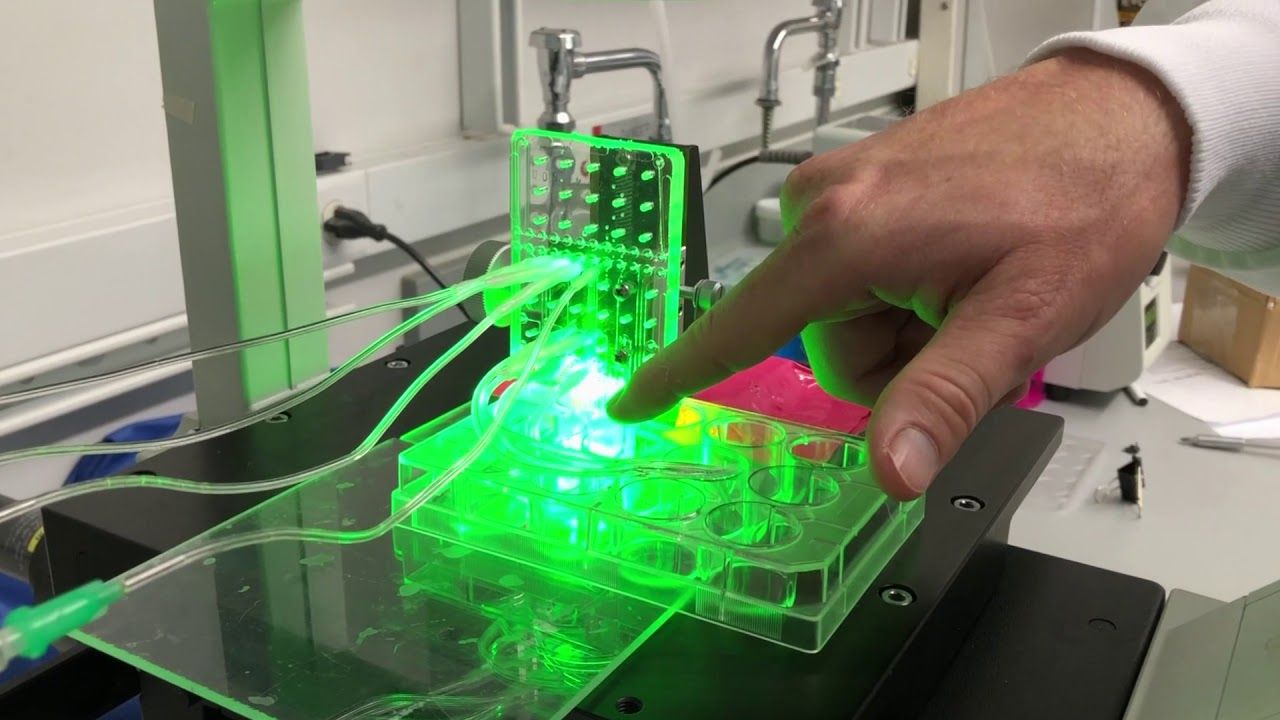
Biomedical engineers have successfully 3D printed human ligaments and tendons, giving hope to patients suffering from tears and ruptures.
After two years of intensive research, biomedical engineers have successfully 3D printed the complex structures of human ligaments and tendons.
Continue reading “Doctors Can Finally 3D Print Human Tissue, Ligaments and Tendons” »
Oct 3, 2018
Scientists develop smart technology for synchronized 3D printing of concrete
Posted by Bill Kemp in categories: 3D printing, robotics/AI, space
Scientists from Nanyang Technological University, Singapore (NTU Singapore) have developed a technology whereby two robots can work in unison to 3D-print a concrete structure. This method of concurrent 3D printing, known as swarm printing, paves the way for a team of mobile robots to print even bigger structures in the future. Developed by Assistant Professor Pham Quang Cuong and his team at NTU’s Singapore Centre for 3D Printing, this new multi-robot technology is reported in Automation in Construction. The NTU scientist was also behind the Ikea Bot project earlier this year, in which two robots assembled an Ikea chair in about nine minutes.
Using a specially formulated cement mix suitable for 3D printing, this new development will allow for unique concrete designs currently impossible with conventional casting. Structures can also be produced on demand and in a much shorter period.
Currently, 3D-printing of large concrete structures requires huge printers that are larger in size than the printed objects, which is unfeasible since most construction sites have space constraints. Using multiple mobile robots that can 3D print in sync means large structures and specially designed facades can be printed anywhere, as long as there is enough space for the robots to move around the work site.
Continue reading “Scientists develop smart technology for synchronized 3D printing of concrete” »
Sep 29, 2018
A solid industrial perspective in the Geo-Lunar space
Posted by Adriano Autino in categories: 3D printing, habitats, satellites
Some industrial activities can give a ROI in a reasonable times. Recovery and reuse of space debris and wreckages, at least in its recovery part, is very much needed, for orbital safety. With proper orbital infrastructures, to capture debris, the logical next step will be to re-process them, getting powders for 3D printing, a platform for orbital ISRU, very first bricks of orbital factories. Assembly of satellites and vehicles in orbit is a large industrial perspective, that will decrease the cost of design, construction and launch: a first step towards a self sustaining space industrial development. There’s a number of in-orbit operations: transport and maintenance of satellites in orbit, refuelling stations, repair shops, orbital sites, orbital yards, spaceports, habitats. All the activities tied to space tourism, such as hotels and lodging facilities, passengers transportation systems (Earth-Orbit, inter-orbit, Earth-Moon). Products from zero gravity, asteroid and lunar mining are other very promising industrial activities, on which several startups were already born.
Priority to enabling technologies.
Sep 28, 2018
Researchers find inspiration in nature to improve ceramic armor
Posted by Klaus Baldauf in categories: 3D printing, cybercrime/malcode, engineering, military
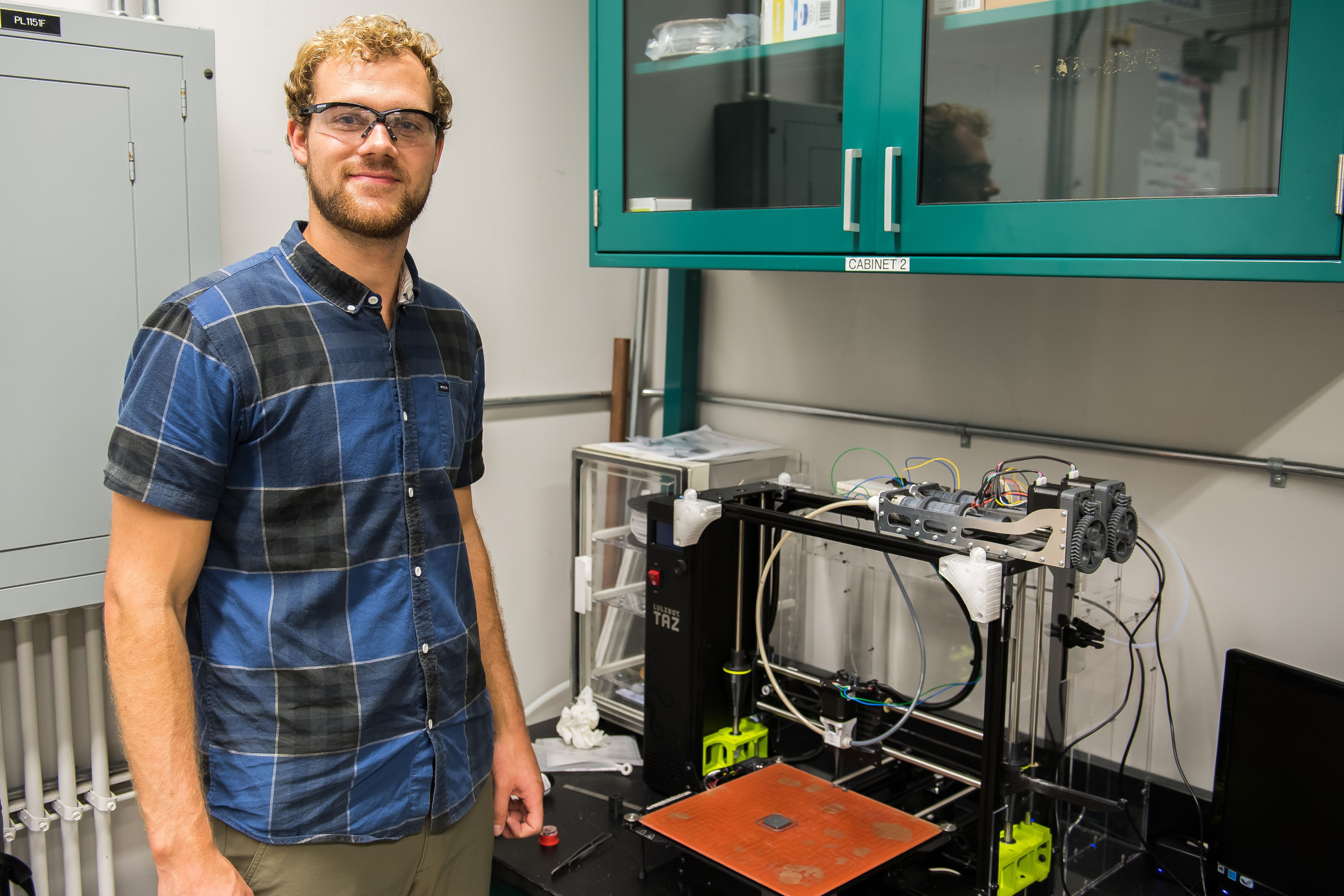
ABERDEEN PROVING GROUND, Md. — Future American Soldiers will be better protected in combat by stronger and lighter body armor thanks to innovative work at the U.S. Army Research Laboratory. Materials science engineers are using nature as the inspiration for breakthroughs in additive manufacturing.
“My project is to design a system that can 3D print armor ceramics that will allow production of parts with graded structures similar to an abalone structure in nature that will improve the ceramic armor’s toughness and survivability with lower weight,” said Joshua Pelz, a materials science and engineering doctoral candidate at the University of California San Diego. He spent this summer working with Army scientists at ARL’s Rodman Materials Science Laboratory at APG to design and build a unique 3D printer.
Continue reading “Researchers find inspiration in nature to improve ceramic armor” »
Sep 25, 2018
3D bioPen: A hydrogel injection to regenerate cartilage
Posted by Nicholi Avery in categories: 3D printing, bioengineering, biotech/medical, neuroscience
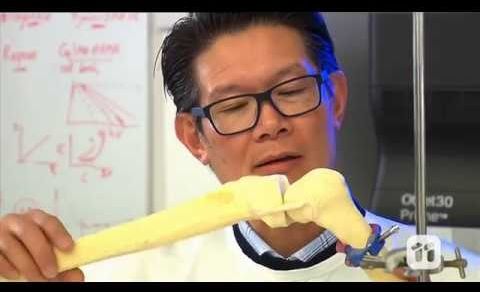
Highly specialized cartilage is characteristically avascular and non-neural in composition with low cell numbers in an aliphatic environment. Despite its apparent simplicity, bioengineering regenerative hyaline cartilage in a form effective for implantation remains challenging in musculoskeletal tissue engineering. Existing surgical techniques including autologous chondrocyte implantation (ACI) and matrix-induced autologous chondrocyte implantation (MACI) are considered superior to self-repair induction techniques. However, both MACI and ACI are complex, multistage procedures that require a double operation; first for surgical excision of native cartilage, followed by expansion of adult chondrocytes in vitro prior to implantation by a second operation.
Regenerating robust articular hyaline-like cartilage is a key priority in musculoskeletal tissue engineering to prevent cost-intensive degenerative osteoarthritis that limits the quality of life in global healthcare. Integrating mesenchymal stem cells and 3D printing technologies has shown significant promise in bone tissue engineering– although the key challenge remains in transferring the bench-based technology to the operating room for real-time applications. To tackle this, a team of Australian orthopedic surgeons and bioengineers collaboratively proposed an in situ additive manufacturing technique for effective cartilage regeneration. The handheld engineered extrusion device known as the BioPen offers an advanced, co-axial extrusion strategy to deposit cells embedded in a hydrogel material within a surgical setting.
Continue reading “3D bioPen: A hydrogel injection to regenerate cartilage” »

